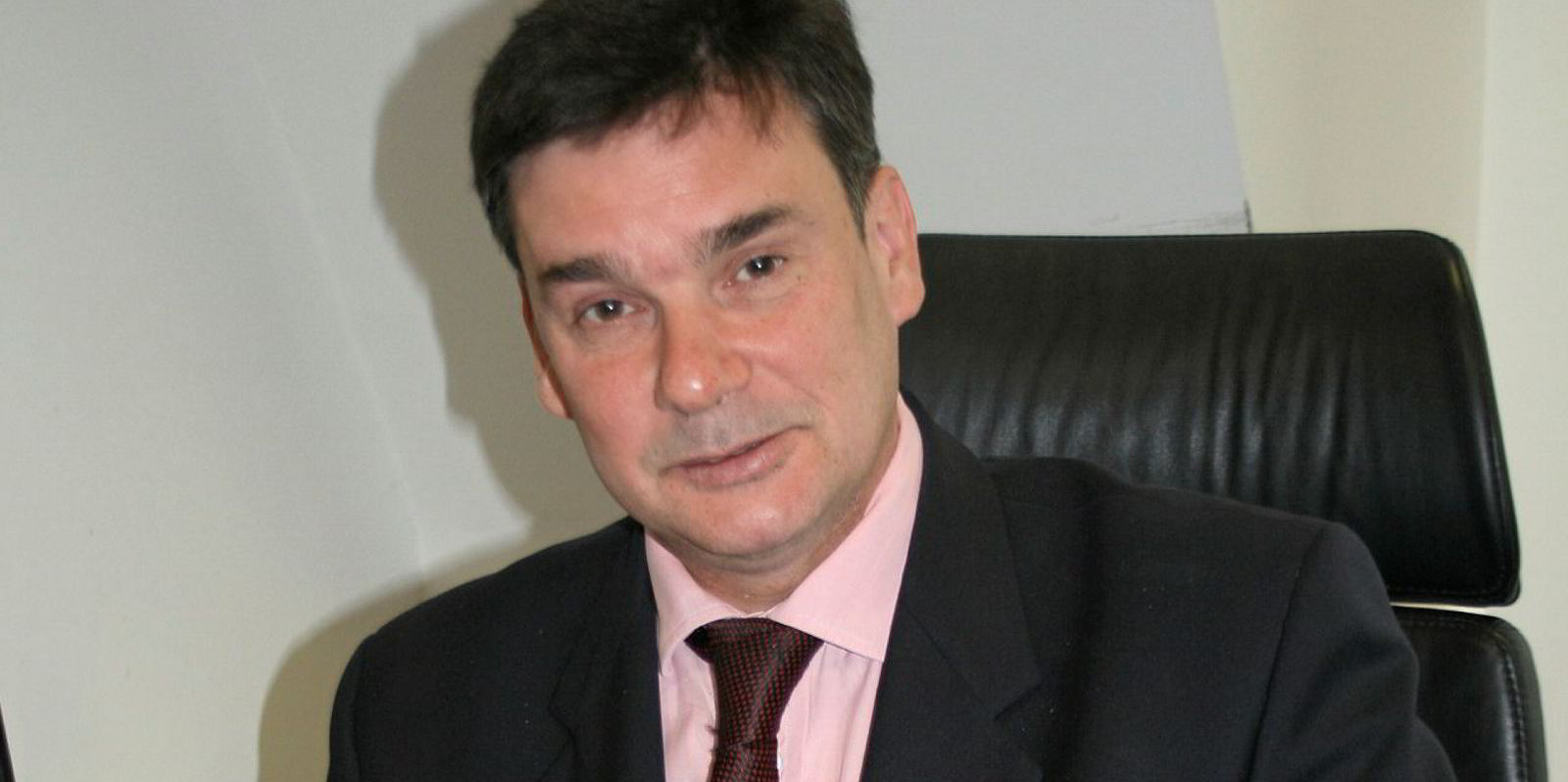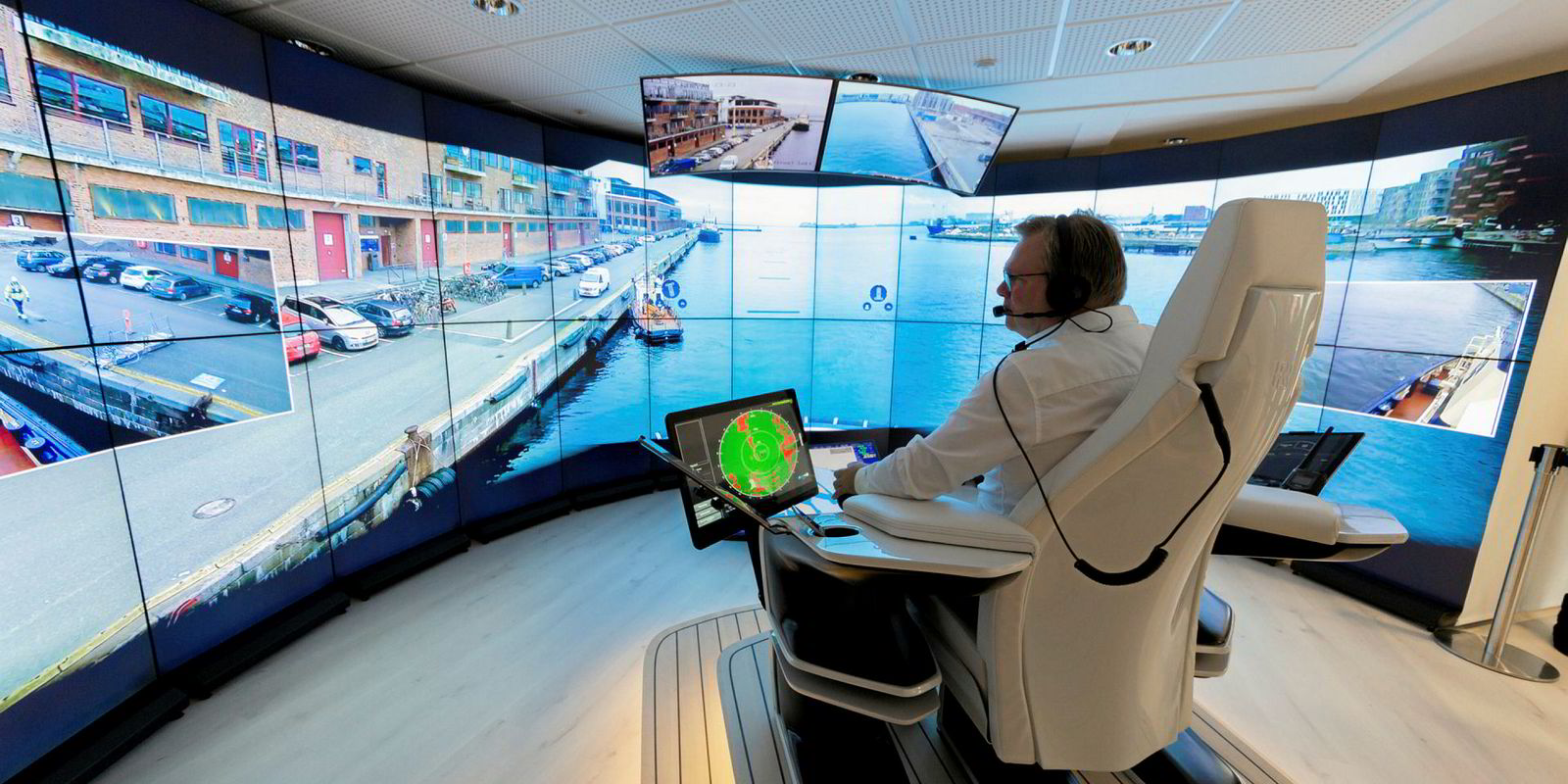The development of zero-carbon fuels is realistically the only way the “incredibly ambitious” long-term emissions strategy of the IMO can be achieved, says International Chamber of Shipping deputy secretary general Simon Bennett.
The goal is an average 70% cut in CO2 emissions by 2050, compared with 2008, and a 50% reduction in greenhouse gases.
The IMO’s short-term goal of at least a 40% efficiency improvement in CO2 emissions by 2030, compared with 2008, requires a lot of work but is achievable — and the ICS is confident the new technology will deliver eventually.
Fossil fuels, LNG and methanol, along with biofuels, will be in the mix but not the solution, Bennett says.
Engine manufacturers and researchers are deep in “exciting discussions” albeit at a relatively early stage, he adds.
Other technologies are in their embryonic form but the challenges are not insurmountable. The industry has roughly 20 years to develop and roll out solutions to achieve the IMO’s ambitions.
But it will probably also require a total rethink of the way ships are operated.
The last annual meeting of the Tripartite Shipbuilding Forum, in Nantong, China, which brought together more than 100 representatives of shipbuilders, classification societies and shipowners, including the ICS, agreed that vessels need to be designed differently and be more technologically innovative if CO2 goals are to be achieved.
Equipment, propulsion systems and alternative fuels all have to be addressed to meet the requirements of the Paris Agreement on climate change and international shipping objectives laid down in the IMO’s greenhouse-gas reduction strategy.
Bennett says the challenge is scaling up technology for use in deepsea trades.
Adoption uncertainty
But a chicken-and-egg situation exists because no one knows what new propulsion systems will eventually be adopted. For example, if fuel cells win out then there will be no requirement for conventional fuel tanks and possibly traditional engine rooms.
The industry may end up with smaller ship sizes but not having to reduce cargo capacity to an equivalent extent.
Technologies contribute a lot when added together but Bennett cautions against exaggerating their combined impact because — he is led to understand — one can reduce the effect of another.
“And there comes a point where all the low-hanging fruit has been taken and the laws of physics say there is not much more you can do beyond moving to some kind of fossil-free propulsion system,” Bennett says.
These fuel sources will have to be renewable, not only for batteries and cold ironing but also hydrogen, most of which is currently produced from fossil feedstock.
Bennett says that even nuclear should be taken seriously as an option if the threat to the climate of traditional power sources is as serious as environmentalists say and alternative solutions such as hydrogen cannot be developed and scaled up.
Shipping companies, shipbuilders and engine manufacturers all have a role to play in fulfilling the IMO’s carbon-reduction strategy, but the vast majority are small and medium-size enterprises.
“Even the largest container lines would admit they are not big enough to take on the challenge of decarbonisation by themselves,” Bennett says. “It will have to be a collaborative effort. It is always easy to point the finger but the record of the shipping industry over the last 10 years in reducing CO2 emissions has been very impressive.”
Bennett highlights data produced by the International Council on Clean Transportation, which says total emissions in 2015 were 8% lower than in 2008 and that is “despite an apparent 30% increase in tonne-kilometres over the same period”.
“Certainly, when it comes to CO2, the industry recognises it has to get on with the job and this means a radical transformation," he says. "The detail is important but also the signal it gives that this is the trajectory the industry is on.”
Extra drive
The 2020 sulphur cap will give additional impetus to achieving greater fuel efficiency. Until now, the focus has been on the Energy Efficiency Design Index (EEDI), adopted a few years ago by the IMO.
Tier III of the EEDI is meant to take effect in seven years' time, so a ship built in 2025 will have to be 30% more fuel efficient than one constructed before 2013.
But there is now talk of moving that implementation date forward to 2022 and then discussing phase four.
The ICS agrees in principle, as well as adopting more aggressive targets for certain types of ships where it is easier to improve efficiency. It envisions a two-speed approach.
“A one-size-fits-all target isn’t realistically going to work,” Bennett says.
He adds that the ICS is not in denial over the prospect of autonomous ships “but there are [already] enough challenges coping with increased automation and management of the huge amount of data seafarers are exposed to”.
That is the line the ICS has taken at the IMO.
Asked whether shipping has been slow to face up to technological developments, Bennett replies: “To be fair to shipowners, they have been faced with huge uncertainty about the sulphur cap. Many people were working on the assumption there would be a postponement.”
Bennett says scrubbers may seem a “no brainer” given the expected massive increase in fuel costs, but it still remains difficult for people to quantify the risk.





